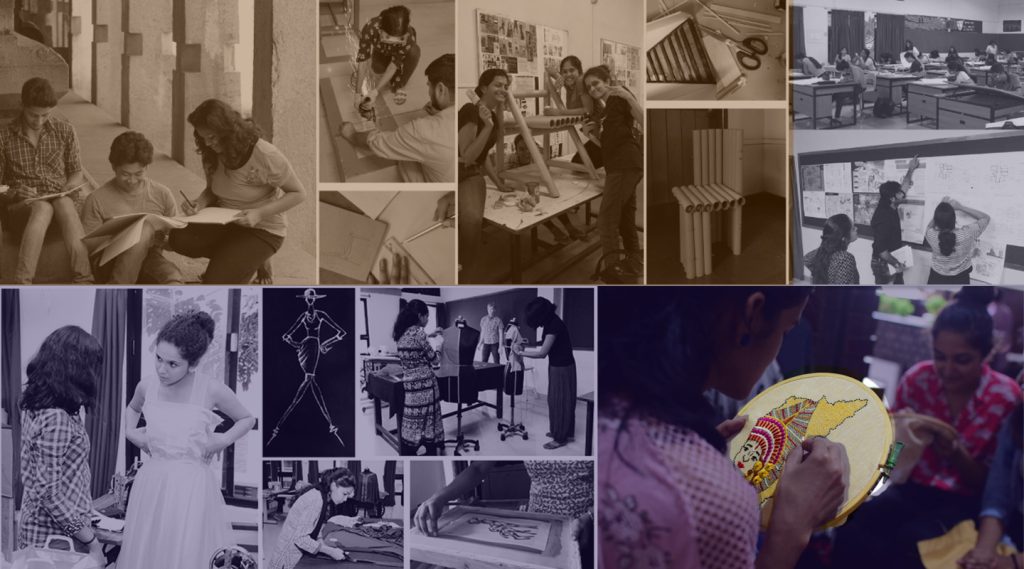
Fashion
Fashion can be viewed as a form of storytelling through self-expression, using clothes, footwear and accessories. This innovative industry is huge all over the world, although the fashion capitals are generally considered to be London, New York, Paris and Milan.
However, this is a fairly euro centric approach to fashion, as there are incredible designers and industry professionals all across the globe. Those working in fashion can generally take several different career paths.
The fashion industry is unique from other fields of manufacturing in that it is ruled largely by the same intention as its end product: change.
What defines the fashion industry is largely based on the functions of the individuals who comprise it—designers, stores, factory workers, seamstresses, tailors, technically skilled embroiderers, the press, publicists, salespersons (or “garmentos”), fit models, runway models, couture models, textile manufacturers, pattern makers, and sketch artists. In simplest terms, the fashion industry could be described as the business of making clothes, but that would omit the important distinction between fashion and apparel. Apparel is functional clothing, one of humanity’s basic needs, but fashion incorporates its own prejudices of style, individual taste, and cultural evolution.
The notion of fashion as solely fulfilling a need is past, as the modern apparel industry finds its purpose in the conception, production, promotion, and marketing of style on the basis of desire. It reflects the changing wants of consumers to be defined by their attire, or more commonly to be accepted, which has precipitated change throughout fashion history—from iconic silhouettes referred to in the patronizing language of the early twentieth century, the Gibson Girls and Floradora Girls, to the enlightened New Look (a term coined by Carmel Snow, the editor of Harper’s Bazaar, in 1947) and evolving right on through an ever-changing lexicon of haberdashery. Changing styles always necessitate change through industry, notably in the ever-specialized fields of manufacturing and merchandising, as well as through the promotion of designs and designers, expanding their scope into what are known in the early 2000s as “lifestyle brands,” encompassing more than just fashion—incorporating the vernacular of fragrance, accessories, home furnishings, automobiles, jewelry, and writing instruments as well.